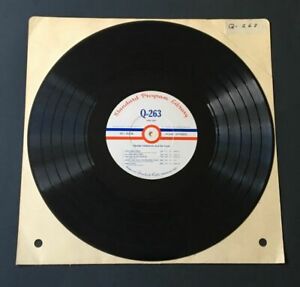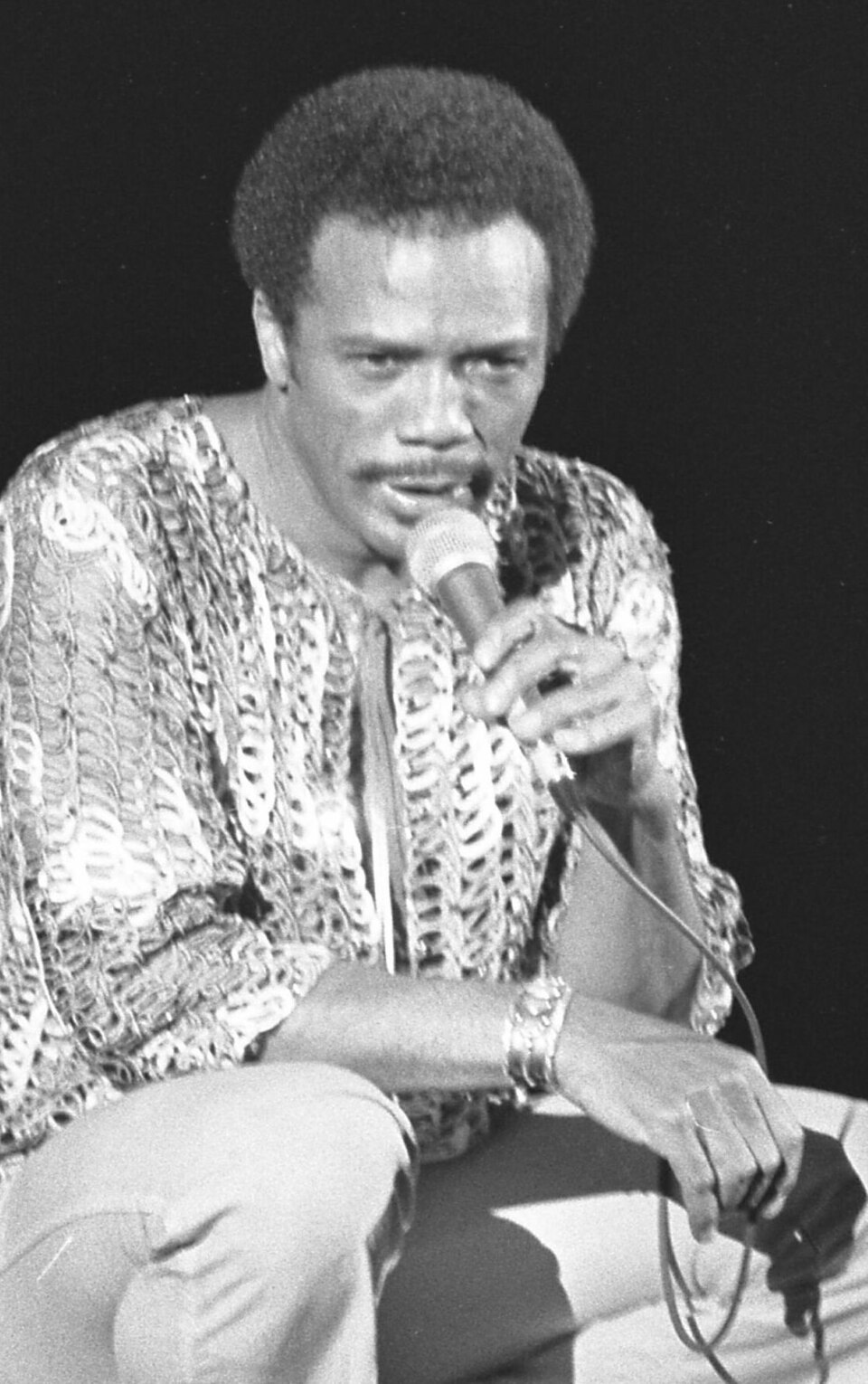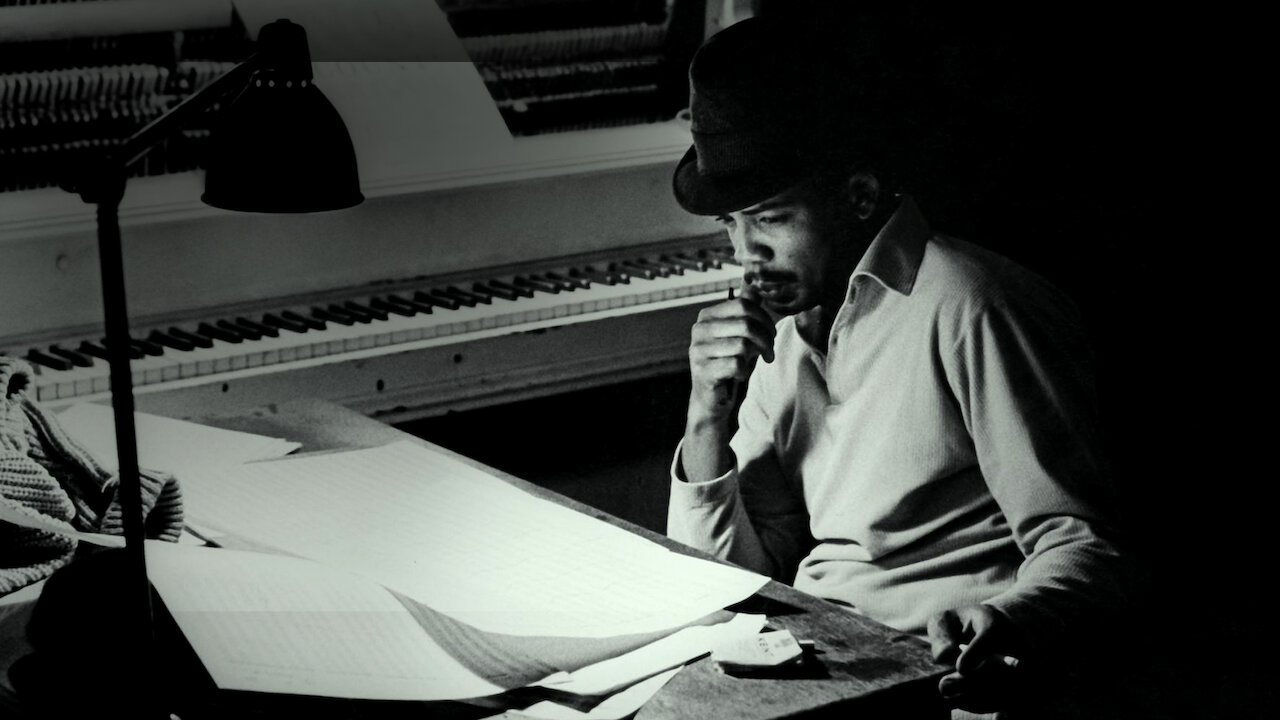This is a piece that JK Maitra who was a production guru at HMV/Gramophone Company of India Ltd/Saregama shared with me about 12 years ago. I used to head the international music division at Music World and when I spoke with him, I mentioned that I have a Garrard 401 record player, he got furious with me. He said "that is a transcription turntable, not a silly record player". The attachment is too large to share here.
You are using an out of date browser. It may not display this or other websites correctly.
You should upgrade or use an alternative browser.
You should upgrade or use an alternative browser.
Analogue Sound restoration: An article from the British Library
- Thread starter finevine
- Start date
reubensm
Well-Known Member
thanks for sharing, interesting comment - technically the 401 is also a record player, but enthusiasts often use the term record player for small portable or low end record playing equipment, especially if it has a small inbuilt amplifier and internal or external speaker 
Interesting information. I did run into this term when researching this before buying my first turntable and a quick google now gives me the followingThis is a piece that JK Maitra who was a production guru at HMV/Gramophone Company of India Ltd/Saregama shared with me about 12 years ago. I used to head the international music division at Music World and when I spoke with him, I mentioned that I have a Garrard 401 record player, he got furious with me. He said "that is a transcription turntable, not a silly record player". The attachment is too large to share here.
Very curious on why he got furious ..was it because you are playing records on a Serious Pro equipment instead of the more common "Silly Record PLayer " ?
The term has been co-opted over the years to mean simply "high fidelity", but originally it was a turntable that could play 16-inch transcription discs common from about the mid-1930s to the late-1940s for radio station use. These 16-inch transcription discs were cut at 33 1/3 rpm and could hold about 15 minutes of continuous playing time per side (as contrasted with 5-7 minutes for 78s regularly played in that period) and were often used for syndicated programs or government broadcasts. Most radio stations had equipment on which they could cut their own transcription discs of programs or for spot commercials. Some transcription systems encoded the signal in a side-to-side playing groove, but at least one used vertical grooves requiring a separate tonearm/cartridge. Thus, the tables often accommodated two arms
Thought ill post an image of a disc I found and another playing on an EMT.


His take was that transcription turntables attempt to faithfully reproduce the recorded work as intended to be listened by the artist and that record players simply aren't capable of doing so. That should explain why we guys go about tweaking even some of the best equipment that we invest money in.
Since you are from the industry, how much do you think <most> artists care about how they think their music sounds?His take was that transcription turntables attempt to faithfully reproduce the recorded work as intended to be listened by the artist and that record players simply aren't capable of doing so. That should explain why we guys go about tweaking even some of the best equipment that we invest money in.
What's front and centre in their minds when they are recording?
That's a great question. Led Zep wanted complete control on their output. The Beatles understood and pioneered recording techniques, The Rolling Stones knew what they wanted to sound like. A lot of jazz performers played around with mic and instrument placement to capture a room's ambience. So I'll stick my neck out and say that the older bands were a lot more involved in the creative and technical process. I can't say the same about current pop artists. But the jazz and rock guys will still continue to care about their output, IMHO. Of course YMMV (Your Music May Vary).Since you are from the industry, how much do you think <most> artists care about how they think their music sounds?
What's front and centre in their minds when they are recording?
Bea
Those first three!
Beautiful...That's a great question. Led Zep wanted complete control on their output. The Beatles understood and pioneered recording techniques, The Rolling Stones knew what they wanted to sound like. A lot of jazz performers played around with mic and instrument placement to capture a room's ambience. So I'll stick my neck out and say that the older bands were a lot more involved in the creative and technical process. I can't say the same about current pop artists. But the jazz and rock guys will still continue to care about their output, IMHO. Of course YMMV (Your Music May Vary).
Those first three!
Wonderful trivia ! Were not Pink Floyd as well pretty specific ? ATC used to talk about them being preferred by PF and Supertramp.That's a great question. Led Zep wanted complete control on their output. The Beatles understood and pioneered recording techniques, The Rolling Stones knew what they wanted to sound like. A lot of jazz performers played around with mic and instrument placement to capture a room's ambience. So I'll stick my neck out and say that the older bands were a lot more involved in the creative and technical process. I can't say the same about current pop artists. But the jazz and rock guys will still continue to care about their output, IMHO. Of course YMMV (Your Music May Vary).
Plenty of them were/are in complete control. The list is exhaustive, especially with older groups.Wonderful trivia ! Were not Pink Floyd as well pretty specific ? ATC used to talk about them being preferred by PF and Supertramp.
Little cheating with Google. I knew that Quincy Jones was a trumpeter and went on to produce Michael Jackson's best work (Off The Wall, Bad), Count Basie and Ray Charles, but his body of work is exceptionally staggering. here's the cheat sheet from Wikipedia.There are some artists who are producers too. Steven Wilson (Porcupine Tree).
Cheers,
Raghu

Quincy Jones production discography - Wikipedia
This positively worth watching.

Watch Quincy | Netflix Official Site
This documentary profiles music and culture icon Quincy Jones, offering unprecedented access to his private life and stories from his unparalleled career.
Taking it further off topic, sincere apologies....This is getting massively off topic
Listening to Kenny G is a lovely docu - on the whole - that's recently out.
But around after 20 minutes, he really goes into production.
@finevine He actually answers a facet of my question in actually being very aware of the live sounds and how he wants the recording to sound.
Beautiful!
Join WhatsApp Channel to get HiFiMART.com Offers & Deals delivered to your smartphone!

